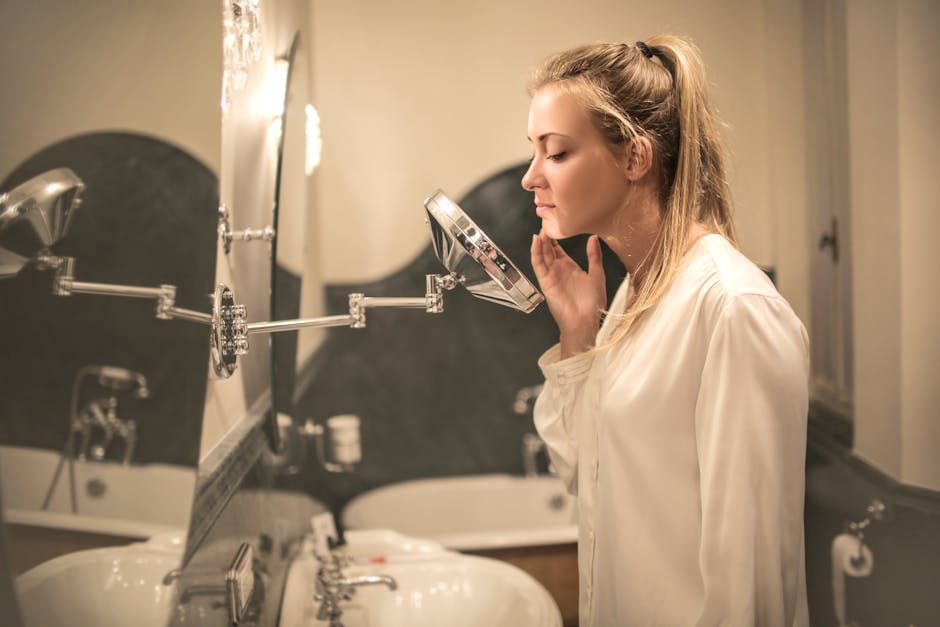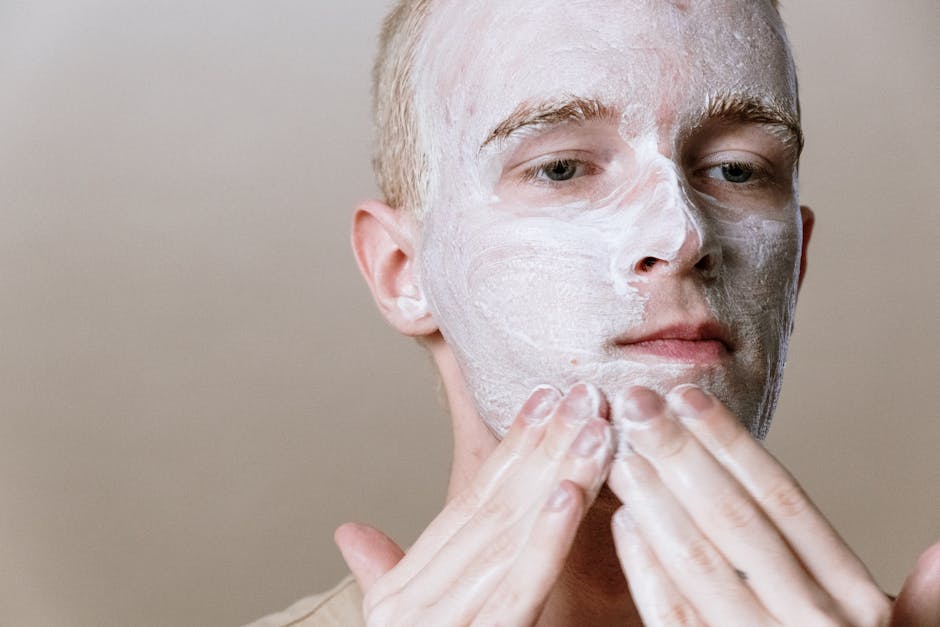How to Cure Acne: A Step-by-Step Guide for Beginners
How to Cure Acne: A Step-by-Step Guide for Beginners
Acne is a common skin condition that affects millions of individuals worldwide. While it’s most prevalent among teenagers, it can also occur in adults. Acne can be frustrating and challenging to manage, but with the right knowledge and approach, you can achieve clear and healthy skin. In this comprehensive guide, we will walk you through actionable steps to cure acne and maintain a blemish-free complexion.
Understanding Acne: Causes and Types
Before diving into the treatment methods, it’s essential to understand what acne is, what causes it, and the different types of acne.
What is Acne?
Acne is a skin condition that occurs when hair follicles become clogged with oil and dead skin cells. This blockage can lead to the formation of pimples, blackheads, whiteheads, and cysts. Acne typically appears on the face, forehead, chest, upper back, and shoulders.
Common Causes of Acne
Several factors contribute to the development of acne, including:
- Excess oil production: Overactive sebaceous glands can produce too much sebum, leading to clogged pores.
- Dead skin cells: When dead skin cells aren’t properly shed, they can accumulate and block hair follicles.
- Bacteria: The bacterium Propionibacterium acnes can thrive in clogged pores, causing inflammation and pimples.
- Hormonal changes: Fluctuations in hormones, especially during puberty, menstruation, and pregnancy, can trigger acne.
- Diet: Certain foods, like dairy products and high-glycemic foods, may contribute to acne in some individuals.
Types of Acne
Acne can manifest in various forms, including:
- Whiteheads: Small, closed comedones that appear as white bumps on the skin’s surface.
- Blackheads: Open comedones that appear as black dots due to the oxidation of trapped sebum.
- Papules: Small, red, and tender bumps caused by inflamed hair follicles.
- Pustules: Pimples with a white or yellow center filled with pus.
- Nodules: Large, painful lumps beneath the skin’s surface.
- Cysts: Deep, painful, pus-filled lesions that can cause scarring.
Step-by-Step Guide to Cure Acne
Now that we have a better understanding of acne, let’s explore a step-by-step approach to curing it.
1. Establish a Skincare Routine
Creating a consistent skincare routine is crucial for managing and preventing acne. Here are the steps to follow:
- Cleanse: Use a gentle cleanser twice a day to remove dirt, oil, and makeup. Look for products containing salicylic acid or benzoyl peroxide.
- Exfoliate: Exfoliate your skin 2-3 times a week to remove dead skin cells. Avoid harsh scrubs and opt for chemical exfoliants like alpha hydroxy acids (AHAs) or beta hydroxy acids (BHAs).
- Tone: Apply a toner to balance your skin’s pH levels and remove any remaining impurities.
- Treat: Use acne treatments containing ingredients like retinoids, benzoyl peroxide, or salicylic acid to target breakouts.
- Moisturize: Hydrate your skin with a non-comedogenic moisturizer to prevent dryness and irritation.
- Protect: Apply sunscreen daily to protect your skin from harmful UV rays and prevent post-inflammatory hyperpigmentation.
2. Adopt a Healthy Diet
Your diet can significantly impact your skin’s health. Consider making the following dietary changes to help manage acne:
- Reduce dairy intake: Some studies suggest that dairy products can contribute to acne. Try reducing or eliminating dairy from your diet to see if it makes a difference.
- Limit high-glycemic foods: Foods with a high glycemic index, such as sugary snacks and refined carbohydrates, can spike blood sugar levels and trigger acne.
- Eat a balanced diet: Focus on consuming a variety of fruits, vegetables, lean proteins, and whole grains to support overall skin health.
- Stay hydrated: Drinking plenty of water helps flush out toxins and keeps your skin hydrated.
3. Manage Stress
Stress can exacerbate acne by increasing the production of cortisol, a hormone that stimulates oil production. Implement stress management techniques such as:
- Exercise: Regular physical activity can help reduce stress and improve your overall well-being.
- Meditation and mindfulness: Practicing meditation and mindfulness can help calm your mind and reduce stress levels.
- Get enough sleep: Aim for 7-9 hours of sleep each night to give your body time to repair and rejuvenate.
- Engage in hobbies: Spending time on activities you enjoy can help take your mind off stressors.
4. Avoid Picking and Popping
As tempting as it may be, avoid picking or popping your pimples. This can introduce bacteria, cause further inflammation, and lead to scarring. Instead, use spot treatments to target individual blemishes.
5. Seek Professional Help
If over-the-counter treatments aren’t effective, consider consulting a dermatologist. A dermatologist can provide personalized recommendations and prescribe stronger medications, such as:
- Topical retinoids: These help unclog pores and reduce inflammation.
- Antibiotics: Topical or oral antibiotics can help reduce bacteria and inflammation.
- Hormonal treatments: Birth control pills or anti-androgen medications can help regulate hormones and reduce acne.
- Isotretinoin: This powerful oral medication is usually reserved for severe or resistant acne cases.
6. Maintain Consistency
Consistency is key when it comes to treating acne. Stick to your skincare routine and make healthy lifestyle choices to see long-term improvements. Remember, it can take several weeks or even months to see significant results, so be patient and persistent.
Conclusion
Acne can be a challenging condition to manage, but with the right approach, you can achieve clear and healthy skin. By understanding the causes and types of acne, establishing a consistent skincare routine, adopting a healthy diet, managing stress, avoiding harmful habits, seeking professional help when needed, and maintaining consistency, you can effectively cure acne and enjoy a blemish-free complexion.
Remember, everyone’s skin is different, so it may take some trial and error to find the best solutions for your specific needs. Stay committed to your skincare journey, and you’ll be well on your way to achieving the clear skin you desire.
If you found this guide helpful, feel free to share it with others who may benefit from it. Together, we can help more people achieve clear and healthy skin!


